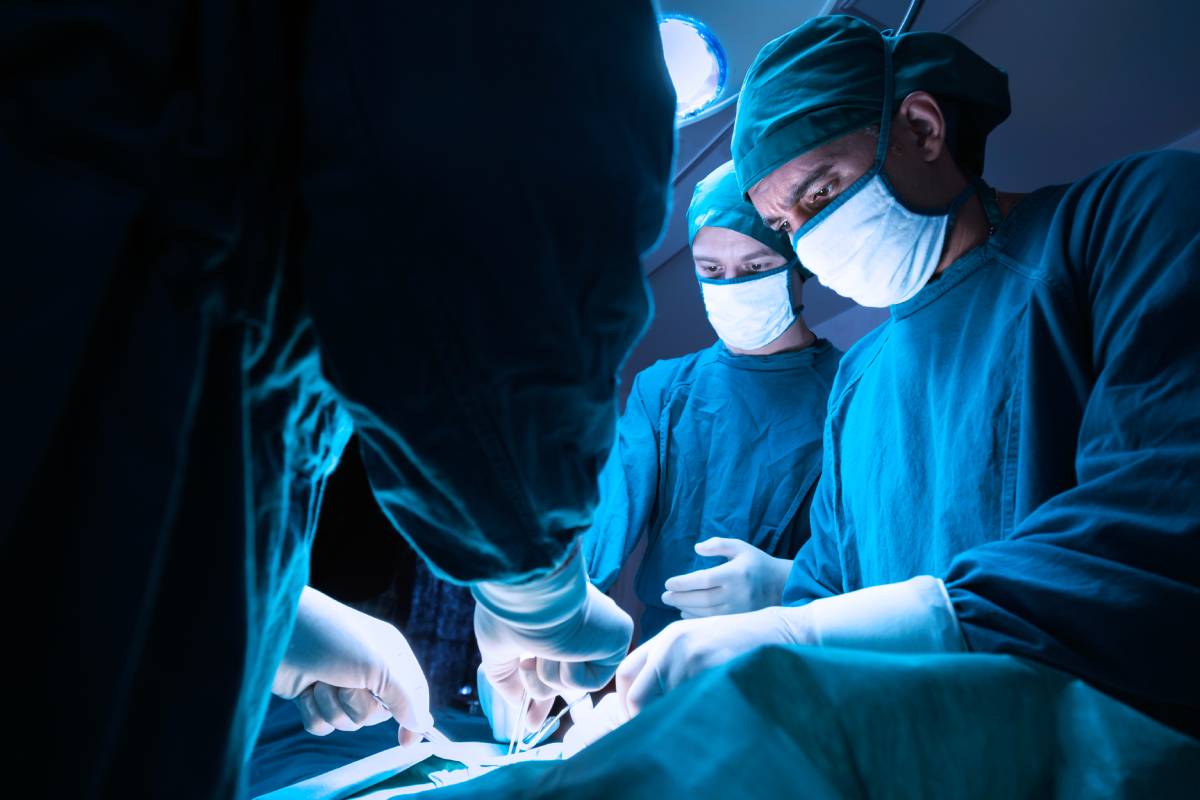Considerations for Surgery Patients with Muscle Tremor

Tremor is a neurological disorder causing shaking movements in one or more parts of the body. Most often affecting the hands, it can also affect the arms, head, legs, torso, and even the vocal cords. Characterized by a rhythmic pattern, it results from unintentional muscle contractions (1). There are many possible causes for tremors, including essential tremor, Parkinson’s disease, multiple sclerosis, and stroke. Tremors can also result from stress, anxiety, medications, or alcohol withdrawal. Essential tremor is the most common cause however, reaching an estimated global prevalence of 1% overall and 5% in adults over 60. The incidence of essential tremor increases with age, although it can emerge in childhood and early adulthood, especially when inherited. The treatment for tremors depends on the underlying cause and can include medication, physical therapy, and surgery (2). For patients with muscle tremor undergoing surgery, special considerations need to be taken into account.
Patients with muscle tremor may be taking medications for symptom management, including anticonvulsants like primidone or beta-blockers like propranolol. It is critical for the surgical team to be aware of all medications that a patient is taking. The anesthesia provider must consider potential interactions of muscle tremor medications with anesthesia or other drugs used during surgery.
Many devices are used to help control tremor, including tremor-canceling devices, weighted items, vibration devices, and peripheral nerve stimulation (3). These must continue to be used in as much as possible to avoid causing the patient harm or discomfort.
Certain types of anesthesia may exacerbate tremors or interact with medications. A patient’s anesthesiologist will need to carefully consider the best anesthesia approach, taking into account their specific medications and context.
Patients with muscle tremor may have trouble lying still in certain positions during the course of surgery. The clinical team may need to use special positioning techniques or equipment to keep the patient as stable and comfortable as possible.
Patients with Parkinson’s disease have a unique type of tremor, and may be treated surgically for the implantation of a deep brain stimulation (DBS) device. The implantation of a DBS device can be carried out using several unique approaches, spanning different staging procedures and stereotactic systems, among others. Key components of a fully implanted system include 1) a precisely implanted intracranial electrode in the target area, 2) the implantation of lead extension wires connecting the intracranial leads to a power generating and programming source, and 3) the implantation of an internal pulse generator (4). Once completed, patients will typically spend one to two nights in the hospital for observation, and return to the clinic six to eight weeks thereafter to turn on the device and begin programming.
Following surgery, patients with muscle tremor may require additional support during recovery to prevent complications and manage their symptoms. This may include occupational therapy, physical therapy, or medication management.
Overall, it is key that patients with muscle tremor openly discuss their condition and any concerns with their surgical team prior to undergoing a surgical procedure. The team can develop a plan that considers a patient’s individual needs and maximizes the chances of a successful outcome.
References
1. Tremor | National Institute of Neurological Disorders and Stroke [Internet]. [cited 2023 Mar 16]. Available from: https://www.ninds.nih.gov/health-information/disorders/tremor
2. Essential tremor: Clinical features and diagnosis – UpToDate [Internet]. [cited 2023 Mar 16]. Available from: https://www.uptodate.com/contents/essential-tremor-clinical-features-and-diagnosis
3. Essential Tremor: What It Is, Causes, Symptoms & Treatment [Internet]. [cited 2023 Mar 16]. Available from: https://my.clevelandclinic.org/health/diseases/11886-essential-tremor
4. Dallapiazza RF, Vloo P De, Fomenko A, Lee DJ, Hamani C, Munhoz RP, et al. Considerations for Patient and Target Selection in Deep Brain Stimulation Surgery for Parkinson’s Disease. Park Dis Pathog Clin Asp. 2018 Dec 21;145–60. doi: 10.15586/codonpublications.parkinsonsdisease.2018.ch8
